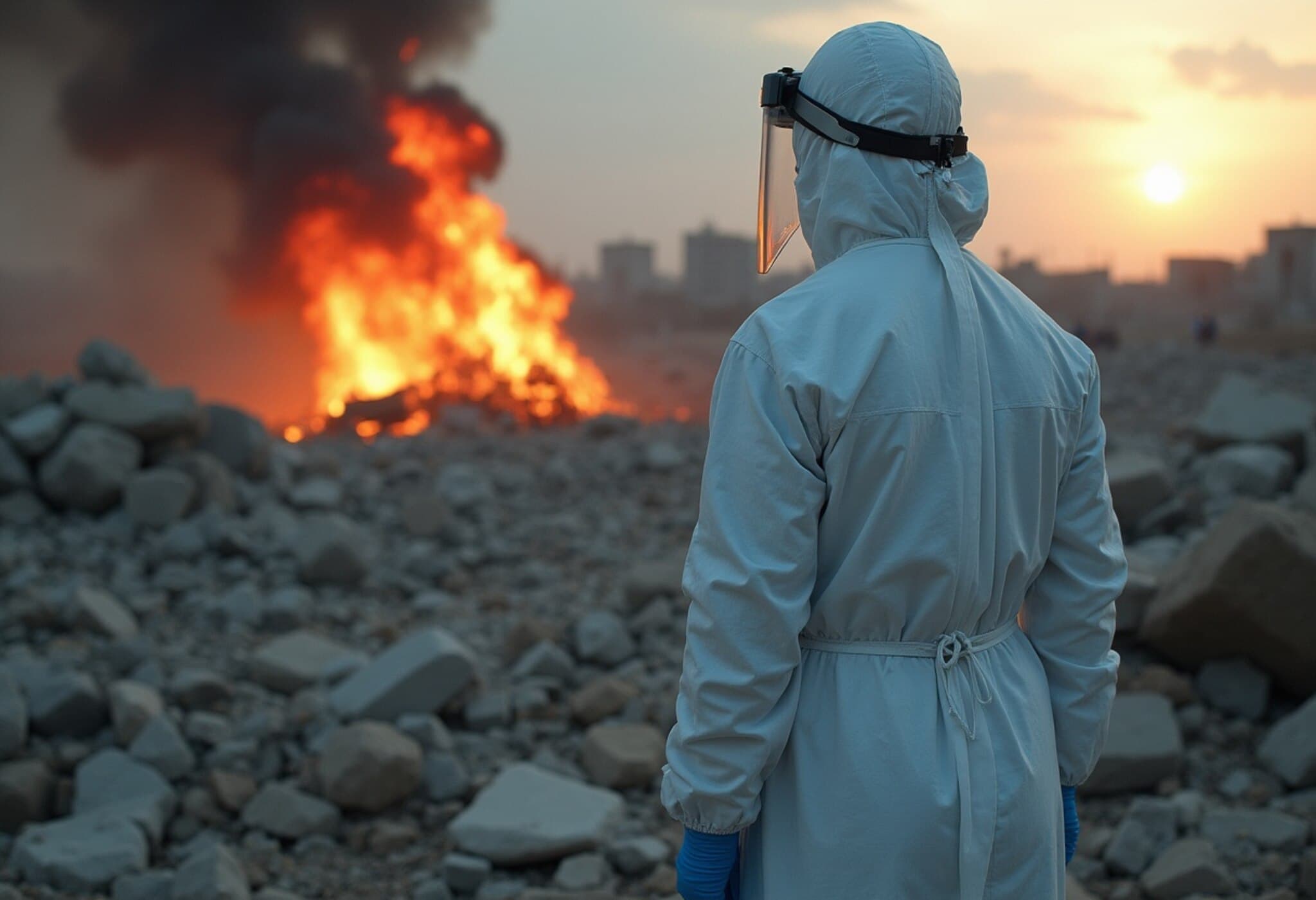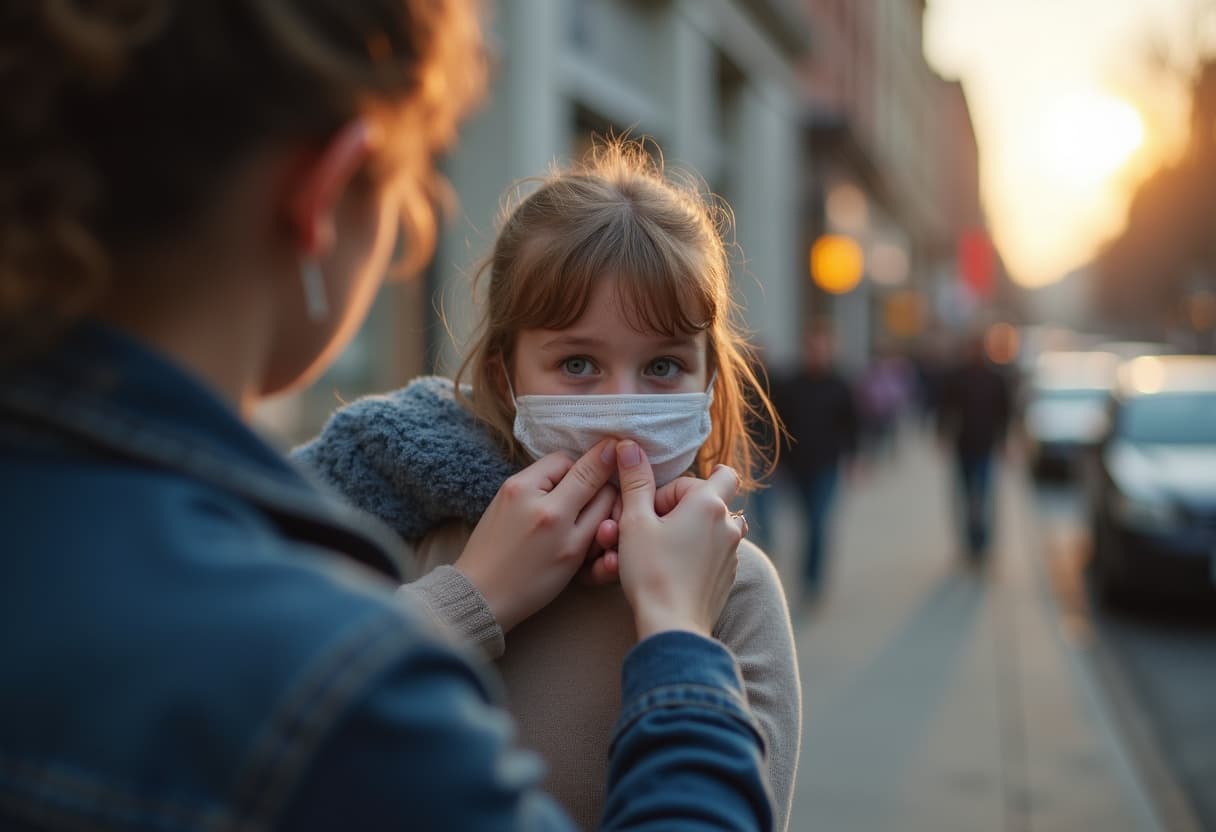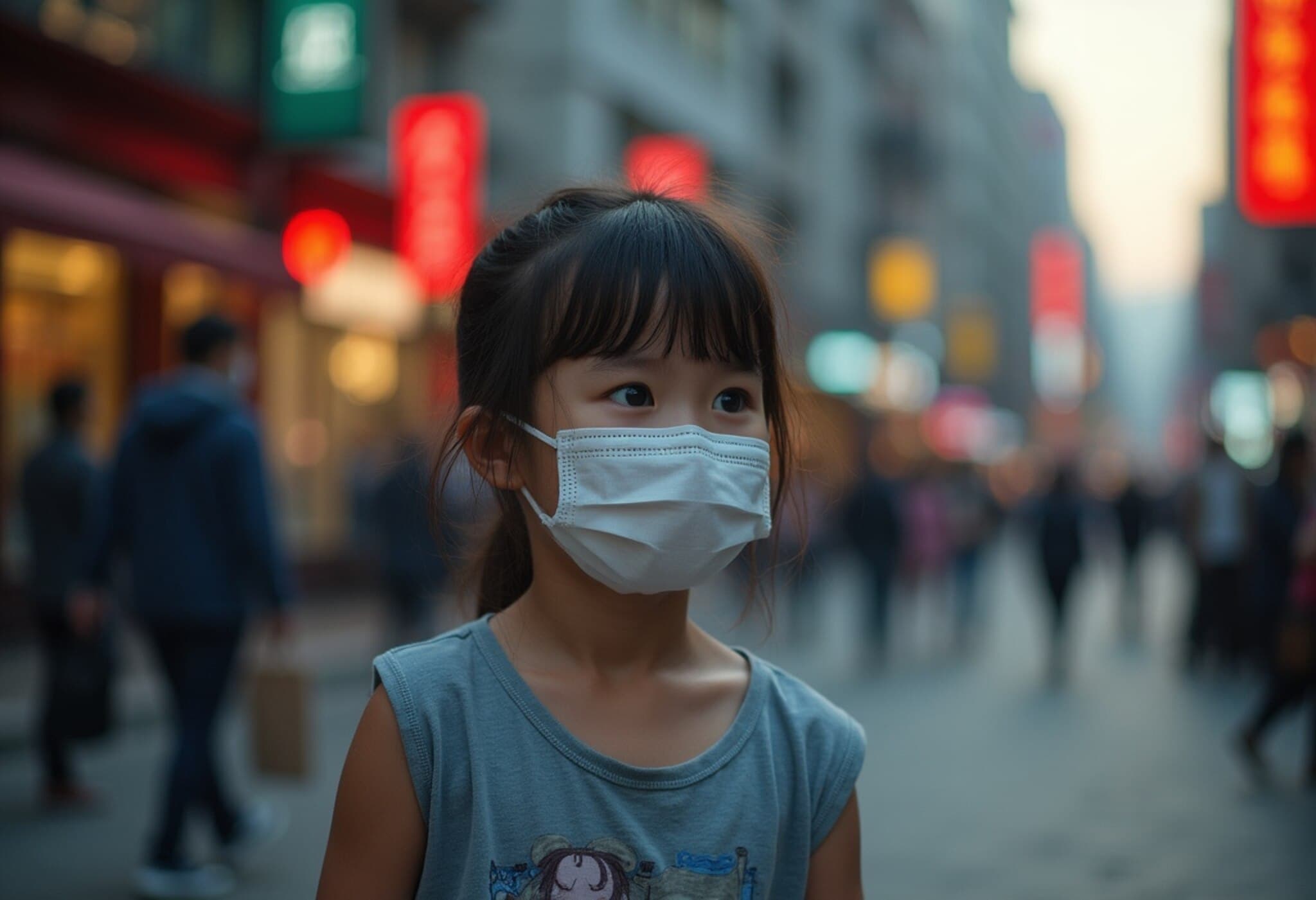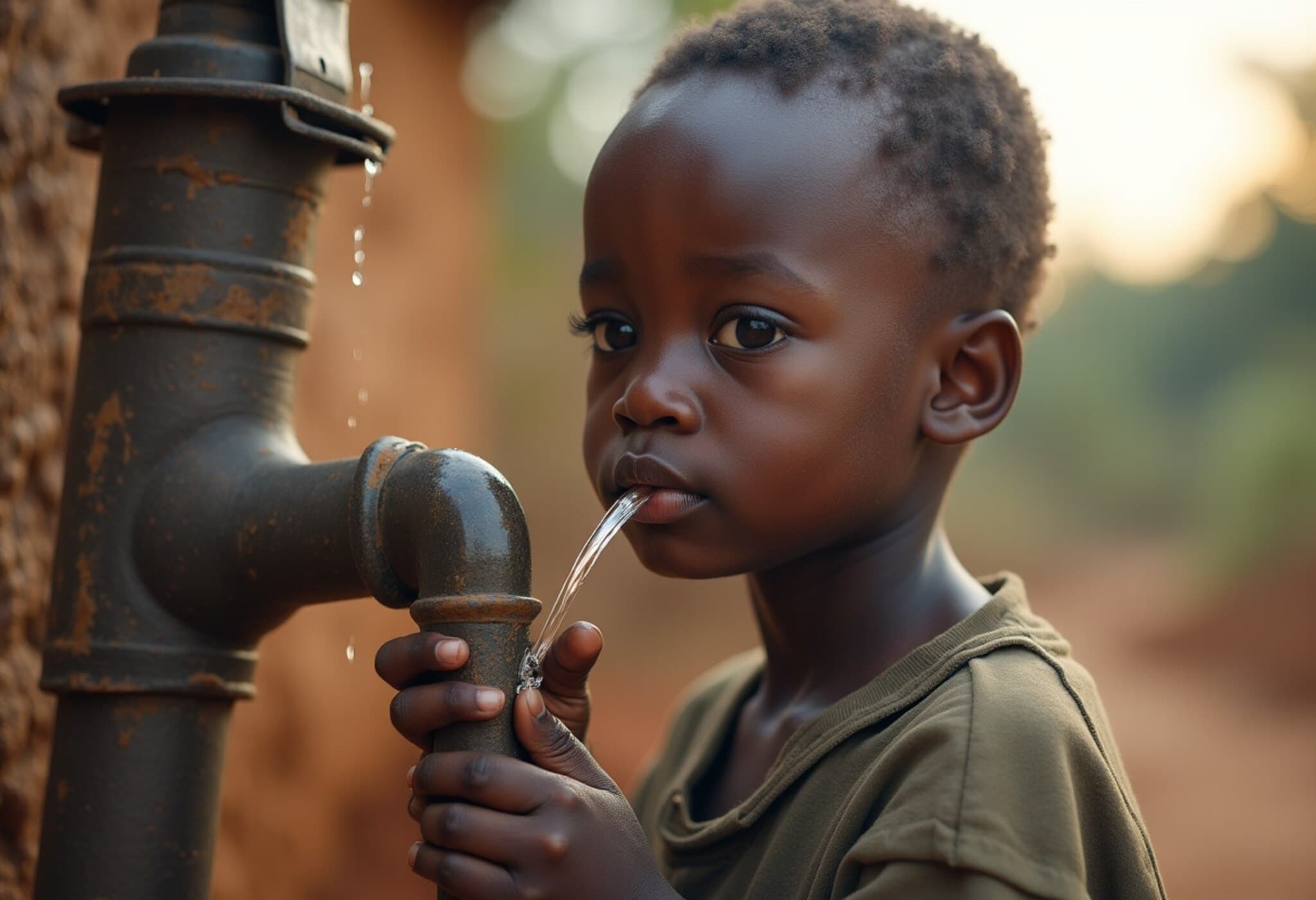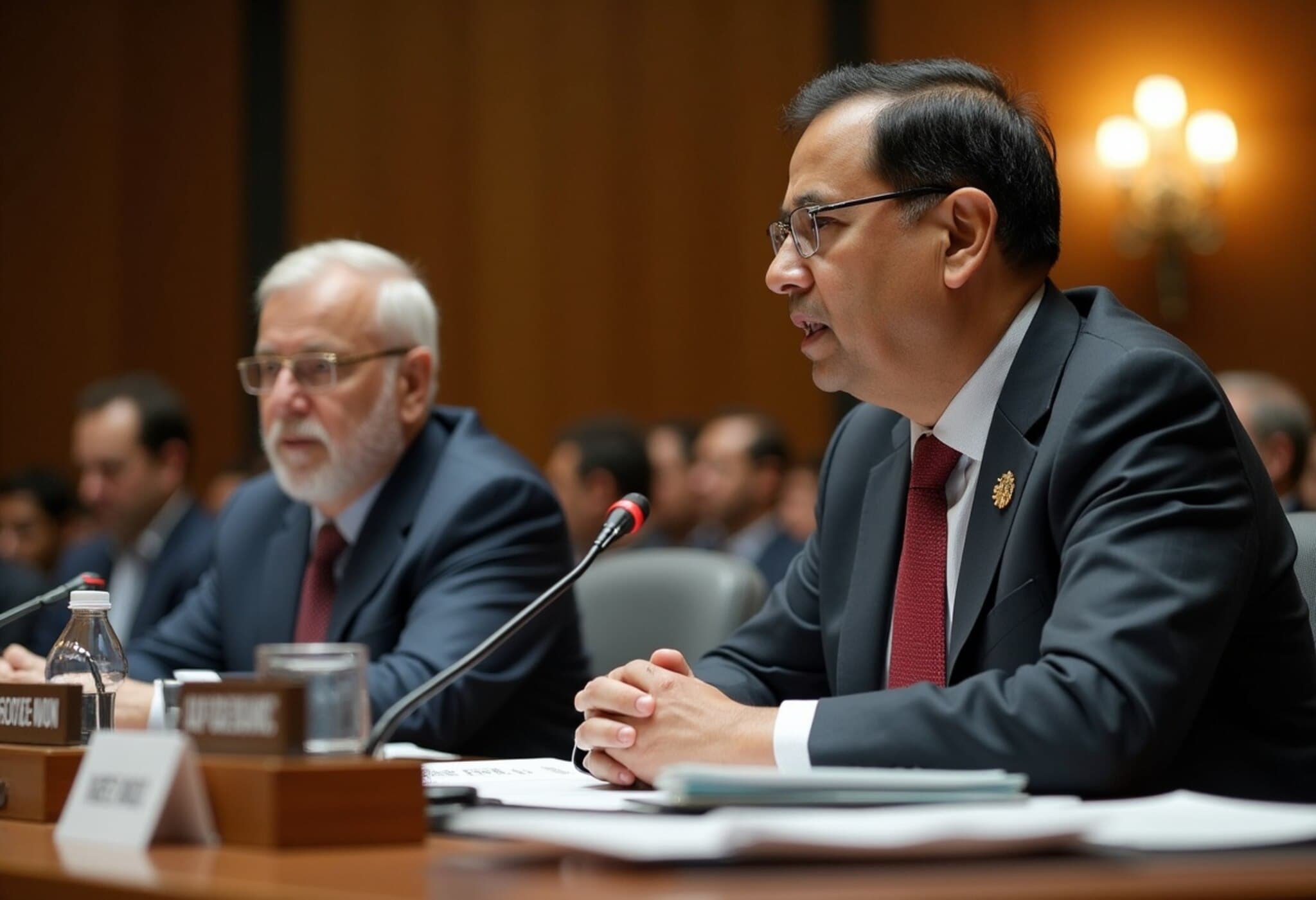WHO Sounds Alarm Over Renewed Global Chikungunya Outbreaks in 2025
The World Health Organization (WHO) has issued a pressing warning about the resurgence of chikungunya, a mosquito-borne virus that poses a significant threat worldwide. After lying relatively dormant for years, fresh outbreaks have erupted since early 2025, echoing patterns seen during the major epidemic of 2004-2005. This resurgence is raising concern among public health experts, policymakers, and at-risk communities across multiple continents.
Chikungunya Strikes Once More: A Regional and Global Challenge
The current wave began predominantly in Indian Ocean islands—La Reunion, Mayotte, and Mauritius—which were also epicenters of previous epidemics two decades ago. Dr. Diana Rojas Alvarez, a medical officer leading the WHO's vector-borne diseases program, highlighted that roughly one-third of La Reunion's population has already been infected during this latest outbreak.
Since then, the virus has spread rapidly to neighboring regions, including Madagascar, Somalia, Kenya, and parts of Southeast Asia such as India. Alarmingly, increased mobility has led to cases beyond traditionally affected zones.
Europe’s Emerging Risk: Imported and Local Transmission
Europe, once considered at lower risk, is now facing its own challenges. Since May 2025, about 800 imported chikungunya cases have been reported in continental France. Moreover, health authorities have documented dozens of local transmission clusters in southern French regions, indicating that infected mosquitoes are spreading the virus to people who have not traveled abroad.
Italy recently confirmed its first local case, underscoring the growing geographical reach in temperate climates. These developments highlight the expanding influence of the virus and the adaptability of the primary vector— the Aedes mosquito, particularly the invasive "tiger mosquito" species.
Understanding Chikungunya: Symptoms, Transmission & Prevention
Chikungunya virus causes high fever, debilitating joint pain that can linger for months, rash, and other flu-like symptoms. While rarely fatal, the disease can lead to significant long-term disability, impacting quality of life and work productivity.
The virus is primarily transmitted by daytime-biting Aedes mosquitoes, which also spread other viruses such as dengue and Zika. Currently, no specific antiviral treatment or vaccine exists, making vector control and preventive measures critical.
Expert Insights: The Road Ahead for Global Health Policy
- Vector control intensification: Experts advise enhancing mosquito surveillance, eliminating breeding sites, and deploying insecticide programs in endemic and at-risk countries.
- Public awareness campaigns: Educating communities about daytime mosquito protection measures—such as using repellents and wearing long sleeves—is vital for mitigating spread.
- Cross-border cooperation: Given the disease’s transcontinental reach, international collaboration on data sharing and coordinated response is imperative.
- Investing in research: The renewed outbreaks emphasize the urgent need for vaccine development and effective therapeutics.
For the United States, rising global cases and travel-related infections necessitate heightened vigilance. Though native transmission in the U.S. remains rare, localized outbreaks have occurred in southern states under favorable mosquito conditions. Regulatory agencies and healthcare providers should anticipate potential chikungunya cases, ensuring resources and diagnostic capabilities are primed.
A Reminder From History: Learning From the 2004-2005 Epidemic
Chikungunya’s 2004-2005 outbreak affected nearly half a million people, primarily on island territories, before its global spread. Today, as Dr. Rojas Alvarez warned, "We are witnessing history repeat itself." This parallel should serve as a cautionary tale—not only reaffirming the virus’s epidemic potential but highlighting gaps in preparedness and international response mechanisms.
Editor’s Note
The World Health Organization's alert about chikungunya's resurgence invites us to reconsider how emerging and re-emerging vector-borne diseases intersect with globalization, urbanization, and climate change. While the virus itself poses a direct health threat, the broader challenge lies in addressing environmental and social determinants that enable its spread.
As public health systems worldwide brace for possible larger outbreaks, critical questions remain:
- How effectively can countries balance vector control with sustainable environmental policies?
- What role will rapid diagnostic technologies and vaccine breakthroughs play in curbing future epidemics?
- How can international collaboration evolve to anticipate outbreaks before they become global crises?
One thing is certain: vigilance, research investment, and community engagement will be essential pillars in containing chikungunya's current comeback and safeguarding global health.



